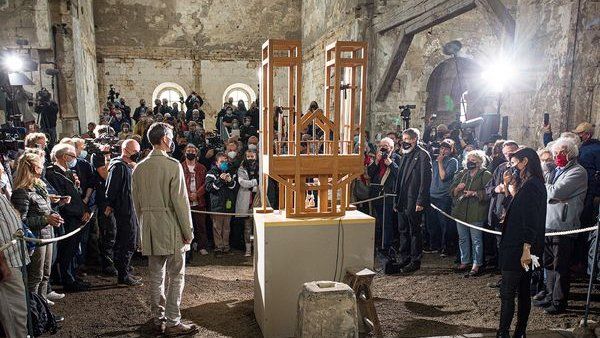-

-
-
Loading

Loading

On Monday, the longest and slowest music composition in existence made a significant milestone - it changed chord for the first time in two years. A crowd gathered at a church in Germany to witness this rare moment, part of an artistic feat by avant-garde composer John Cage. The experimental piece, named As Slow as Possible, started in 2001 and is played on a specially-built organ. It is set to finish playing in the year 2640, a staggering 616 years from now. This timeline puts into perspective how long ago the Renaissance period began in Europe. The composition, officially titled Organ²/ASLSP (As Slow as Possible), has now undergone 16 chord changes. The new sound was created by adding another pipe into the mechanical organ at the Burchardi Church in the German town of Halberstadt. Although the composition officially started in 2001, it began with 18 months of silence and the first notes rang out in 2003. Some people reportedly booked tickets years in advance to experience the chord change on Monday. The score for the composition consists of eight pages of music, meant to be played on either the piano or organ. Although the instruction to play it as slowly as possible is clear, no specific tempo was ever specified. The previous chord change took place exactly two years ago on February 5, 2022. The next scheduled change is set for August 5, 2026, according to the project's website. In contrast, the piece's premiere in 1987 lasted just under 30 minutes, while subsequent performances, including one in 2009, lasted for 14 hours and 56 minutes. This current rendition, much longer in duration, was inspired by a meeting of musicians and philosophers following Cage's death. For practical reasons, the mechanical organ was designed to use an electronic wind machine to push air into the pipes, and sandbags are used to press down the keys to create the drone-like sound. John Cage, the American composer who passed away in 1992, was a pioneer in experimental and avant-garde music in the 20th Century. His most famous piece, 4'33", is meant to be played by any combination of instruments, with musicians instructed not to play their instruments. Instead, listeners hear the ambient sounds of their environment during the four minutes and 33 seconds that the piece lasts.